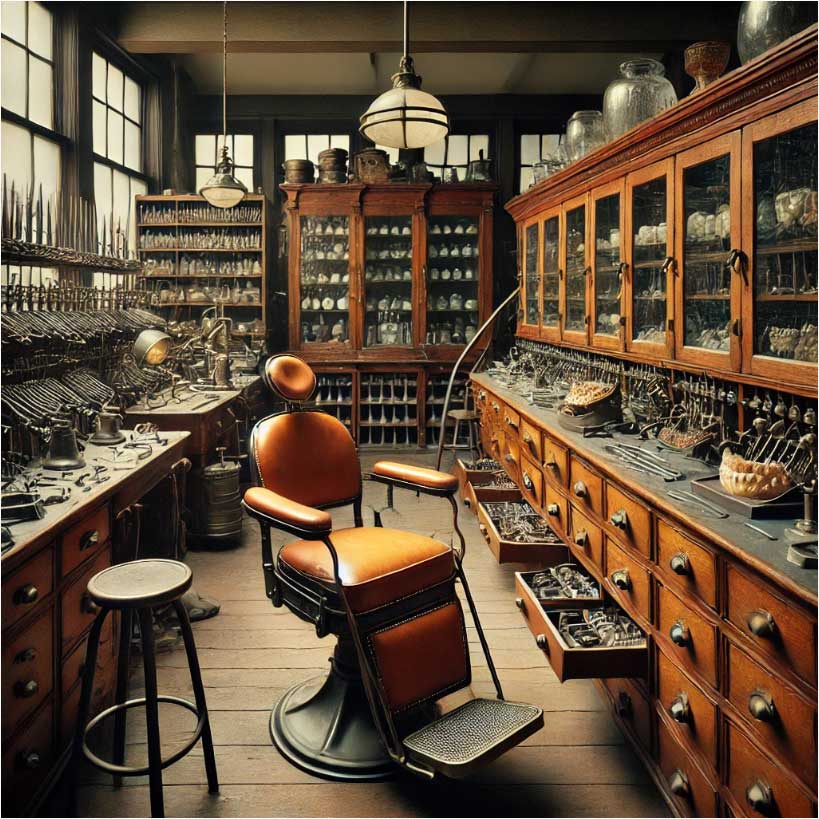Once upon a time, there was a dental lab nestled in a quiet town. Its humble beginnings were in a little workshop where a master dental technician, with the utmost care and dedication, crafted crowns, dentures, and restorations that fit patients like a dream. Every day, the technician poured their heart into each piece, making sure every detail was perfect. Each patient’s story mattered, each dentist’s request was honored, and the results brought smiles—both literally and figuratively.
The technician’s work was guided by two principles: the patient’s well-being and client satisfaction. The satisfaction of seeing a patient leave the dentist with a renewed smile fueled their passion. They knew each name, each case, and listened intently to the feedback from the dentists they served. Together, they made dental magic.
Word of the lab’s meticulous craftsmanship spread. Soon, more dentists from neighboring towns began to send their cases, and before long, the lab's once-quiet workshop was abuzz with cases. It was an exciting time. The demand was high, and the technician realized they couldn’t do it alone.
They hired a small team of like-minded artisans, each passionate about bringing perfect smiles to patients. Together, they worked tirelessly, keeping the focus on precision and patient satisfaction. The team shared stories of patients whose lives were transformed by their work, and they bonded over the shared mission of restoring not just teeth, but confidence.
But as the lab grew, so did the challenges. More orders meant more organization. The technician, once devoted entirely to the craft, was now dealing with logistics, deadlines, and new software systems to manage the influx. To keep up with demand, more employees were brought on—managers, administrators, and consultants, each with new ideas for improving efficiency.
At first, it seemed necessary. But soon, the lab’s focus shifted. The conversations that once centered on the patient experience now revolved around production targets, turnaround times, and cost-cutting measures. Instead of discussing the subtle details that made each restoration special, meetings were filled with charts, spreadsheets, and efficiency reports.
One day, a dentist walked into the lab, holding a set of crowns. “They don’t look like they used to,” the dentist said, disheartened. “My patients are noticing the difference.”
The technician, now buried case boxes, paperwork and disconnected from the workbench, realized that something was missing—the magic. The lab had become just another business, one focused on numbers and systems rather than the patients and dentists who had once been at the heart of everything. The personal touch, the careful craftsmanship, and the empathy that had made the lab special were fading.
The technician looked around at the bustling operation they had built and realized that in their quest for growth, they had lost sight of what truly mattered: the patient’s well-being, the dentist’s trust, and the love of the craft.
The moral of the story? Never let growth, efficiency, or business concerns overshadow the essence of your work. A dental lab, much like any service, exists to improve lives—keep the patient at the center, and never let the magic of your craft fade away.


